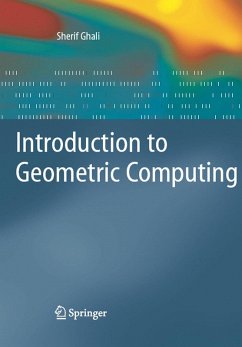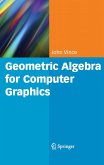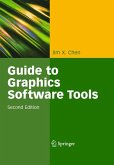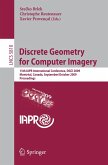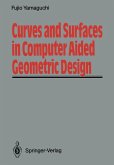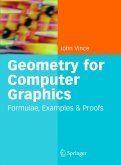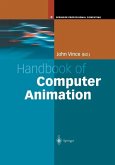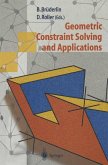The main theme of the book is the definition of coordinate-free geometric software layers for Euclidean, spherical, projective, and oriented-projective geometries. Results are derived from elementary linear algebra and many classical computer graphics problems (including the graphics pipeline) are recast in this new language. Also included is a novel treatment of classical geometric and solid modeling problems. The definition of geometric software layers promotes reuse, speeds up debugging, and prepares the ground for a thorough discussion of advanced topics.
Start-up programs are provided for many programming exercises making this an invaluable book for computer science lecturers as well as software developers and researchers in the computer graphics industry.
Dieser Download kann aus rechtlichen Gründen nur mit Rechnungsadresse in A, B, BG, CY, CZ, D, DK, EW, E, FIN, F, GR, HR, H, IRL, I, LT, L, LR, M, NL, PL, P, R, S, SLO, SK ausgeliefert werden.
"This textbook is excellent for students and programmers working in geometric computing. ... The main theme of the book is the definition of coordinate-free geometric software layers for Euclidean, spherical, projective, and oriented projective geometries. ... The reader can learn the way of designing libraries for Euclidean, spherical, projective, and oriented projective geometries. ... The author also presents the classical raster graphics algorithms that are traditionally introduced in an undergraduate computer graphics course." (Attila Fazekas, Zentralblatt MATH, Vol. 1154, 2009)

